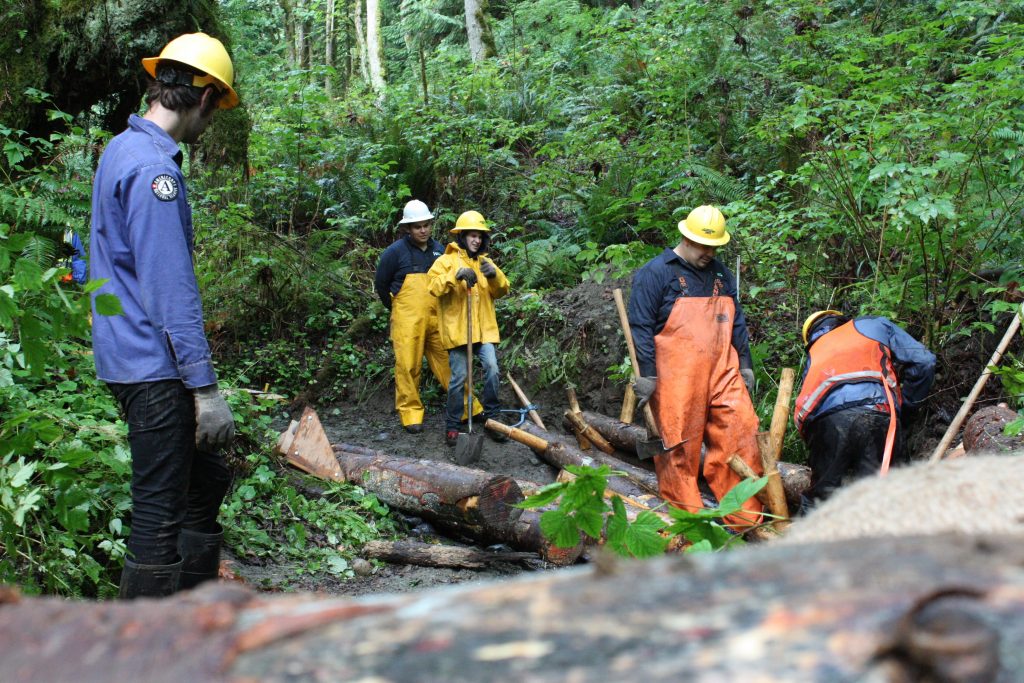Introduction
Over the past 100 years we have witnessed dramatic declines in salmonid populations in the Pacific Northwest. Although hatchery influences, dams, and overfishing have also played significant roles, freshwater habitat loss and degradation is acknowledged to have contributed to the decline of virtually every species of Pacific salmon in western North America (National Research Council 1996; Nehlsen, Williams, and Lichatowich 1991). One of the major long-term impacts on salmonid habitat quality has been the loss of substantial amounts of large woody debris (LWD) in stream systems.
Continued loss of degradation of freshwater spawning and rearing habitat in the Pacific Northwest has serious implications for a $140 million dollar commercial salmon fishery (National Marine Fisheries Service 1990-1992 data). Twenty-five years of research has documented the connection between forest practices and salmonid habitat loss in the Pacific Northwest (Beschta 1997; Bryant 1983; Roper, Dose, and Williams 1997). Other land uses, such as agriculture, urban, and suburban development have also caused substantial habitat loss in low elevation portions of Pacific Northwest watersheds (Beechie, Beamer, and Wasserman 1994). In response, there has been growing commitment on the part of government agencies, public interest groups, the forestry industry, and commercial and recreational fishing organizations to undo some of this damage by restoring degraded habitat in order to benefit salmonid populations and the watershed ecosystem as a whole.
About the Publication
Dooley, J.H. and K.M. Paulson. 1998. Engineered Large Woody Debris for Aquatic, Riparian and Upland Habitat. ASAE Paper 982018. St. Joseph, MI: American Society of Agricultural Engineers
Read the full article in PDF format:

